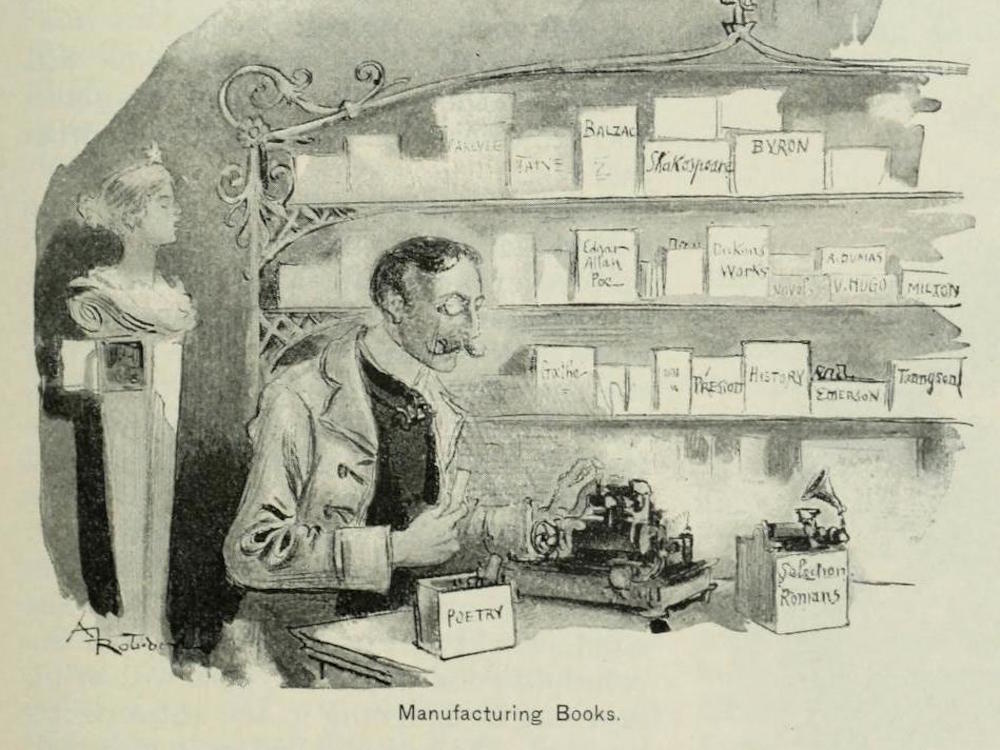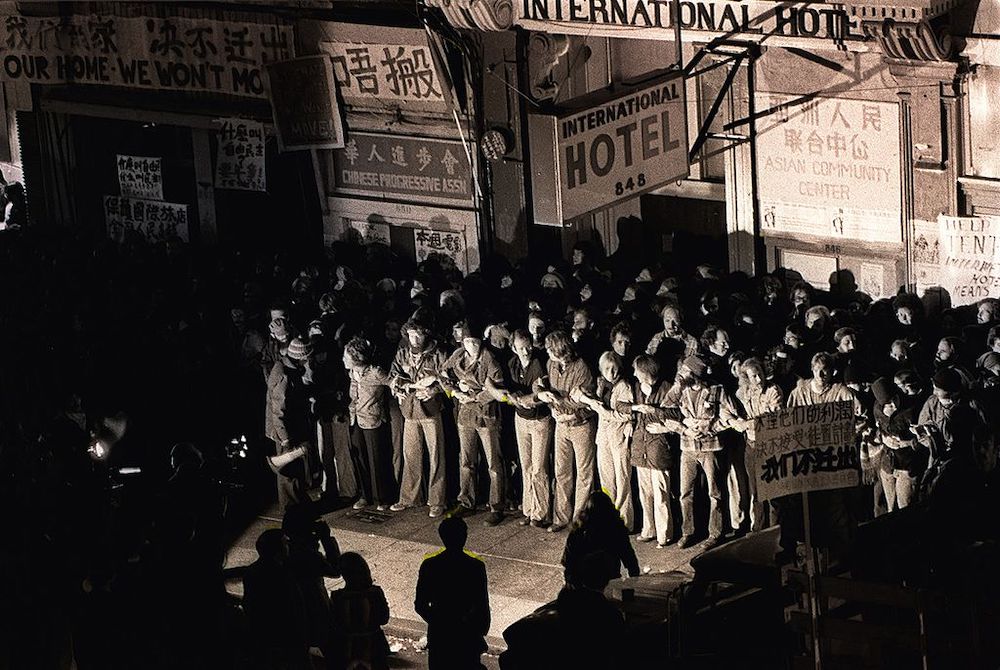Three early transportation trends could Deborah Driggs Archivessoon transform the way global city dwellers get around, analysts say.
The switch to electric cars, use of car sharing services and the arrival of driverless vehicles are all expected to grow substantially by 2030 -- potentially making it cleaner and easier to navigate cities around the world, Bloomberg New Energy Finance (BNEF) said Tuesday in a new report.
"Vehicles and the way they are used will change more in the next two decades than they have in the last 100 years," said Colin McKerracher, BNEF's head of advanced transport in London.
He said the declining costs of electric-car batteries and the rapid advance of connected technologies are key reasons for the transit transformation.
SEE ALSO: Uber is encouraging its drivers to lease electric carsBNEF and consulting firm McKinsey & Company looked at how these three developments could play out in 50 cities around the world. What they found is that the projections vary based on each city's demographics and existing transportation policies.
In some more densely populated cities, the analysts found electric cars would replace a large share of petroleum-powered cars. However, in more sprawling metro areas, they predicted a rise in self-driving cars.
Their study arrives as city leaders and urban planners are increasingly grappling with how to keep cities livable and accessible -- even as millions more people move into urban areas every year.
 Original image has been replaced. Credit: Mashable
Original image has been replaced. Credit: Mashable Around 66 percent of the global population is expected to live in urban areas by 2050, up from 54 percent of people today, the United Nations estimates.
That leaves cities with essentially two potential paths when it comes to transportation, according to the BNEF study and a separate report, also out Tuesday, by the Institute for Transportation Development and Policy (ITDP).
In one scenario, city dwellers would increasingly use ride-hailing and car-sharing apps to summon efficient, electric and probably self-driving vehicles. Extensive networks of public buses and trains would quickly whisk commuters to their destinations, and streets would be largely clear of congestion and smog.
In cities that follow the other pathways, however, streets would be clogged with traffic and tailpipe emissions. Public transit systems remain too slow or sporadic to reliably get commuters to work. Taxis, Ubers and personal cars -- autonomous or otherwise -- dominate the roads, guzzling mainly gasoline.
 Vehicles stuck on the road during in Zhengzhou, China, Sept. 22, 2014. Credit: VCG via Getty Images
Vehicles stuck on the road during in Zhengzhou, China, Sept. 22, 2014. Credit: VCG via Getty Images "There's a lot of room for [technology] to significantly benefit people moving around in cities, in terms of costs, environmental impacts and ease of transport," McKerracher told Mashable.
"But there are some pitfalls if we don't get it right," he said.
In other words, decisions made now are critical because they will lock in urban infrastructure for decades.
As cities adopt more self-driving and shared vehicles, McKerracher said, streets could become more congested if residents don't take to carpooling or using public transportation as well. Smog and greenhouse gas emissions could rise if those cars run on petroleum instead of electricity, hydrogen or other fuel alternatives.
 An Uber driverless Ford Fusion drives in Pittsburgh, Pennsylvania, Sept. 22, 2016. Credit: Jeff Swensen/Getty Images
An Uber driverless Ford Fusion drives in Pittsburgh, Pennsylvania, Sept. 22, 2016. Credit: Jeff Swensen/Getty Images BNEF found that in sprawling high-income suburbs, such as San Francisco or New York City's metro area, total passenger miles are projected to rise by 25 percent by 2030 compared to today's levels. One reason may be that suburbanites might ditch commuter trains or downtown-bound buses in favor of driverless cars.
Large cities in emerging economies will likely see a rise in car sharing services, such as Zipcar or car2go, the BNEF report found. In cities like Mumbai, Delhi and Mexico City, shared vehicles could account for nearly half of all passenger miles traveled as soon as 15 years from now.
But in densely populated, high-income cities, such as London and Singapore, electric vehicles are expected to represent as much as 60 percent of all cars on the road by 2030, thanks to policies that require or incentivize zero-emissions vehicles.
 The electric-powered Go Ultra Low Nissan LEAF, left, and Kia Soul EV, right, charge on a London street. Credit: Getty Images for Go Ultra Low
The electric-powered Go Ultra Low Nissan LEAF, left, and Kia Soul EV, right, charge on a London street. Credit: Getty Images for Go Ultra Low London, for instance, will start requiring new taxis to be zero-emissions capable in January 2018.
"If done right, this can benefit the cost and environmental profile of moving around in cities," McKerracher said.
"But if left completely on its own, there's some potential negative outcomes as well."
Public transportation will similarly struggle in coming years if city leaders don't expand and upgrade networks to accommodate more commuters, according to the Institute for Transportation Development and Policy (ITDP).
The New York-based nonprofit studied how today's public transportation systems -- not tomorrow's cars -- are shaping cities worldwide.
In the Tuesday report, ITDP looked at 26 major cities and their greater metro areas to determine how many residents lived within a short walking distance (0.62 miles, or 1 kilometer) of high-quality "rapid transit."
Via Giphy"We found that in many cities around the world, the rapid transit system has not expanded commensurately with the cities' growth," Clayton Lane, CEO of ITDP, told Mashable.
"That's meant that a large portion of people in large cities don't have access to rapid transit, but also that the poor are disproportionately affected," he said by phone.
ITDP defines "rapid transit" in five ways. Systems should have: consistent, short distances between stops; good frequency; the option to pay bus fares before boarding; dedicated lanes for buses; and dedicated tracks for trains.
In New York -- both beloved and begrudged for its subway system -- about 77 percent of the city's 8.4 million residents have access to rapid transit. But if you factor in the city's sprawling metro area, then only 35 percent of the nearly 20 million residents can easily and quickly access public transportation.
One hundred percent of Parisians have access to rapid transit within the city, while in Los Angeles, São Paulo and Johannesburg, only about a quarter of residents do, ITDP said.
 Passengers board a subway car in Tokyo, Japan. Credit: Junko Kimura/Getty Images
Passengers board a subway car in Tokyo, Japan. Credit: Junko Kimura/Getty Images ITDP released its report ahead of Habitat III, a U.N. conference on cities held once every 20 years. The event in Quito, Ecuador next week will focus on how to develop "prosperous and equitable" cities for all residents -- including the 2.5 billion people expected to move into cities by 2050.
Lane said he hoped the ITDP scorecard would help city leaders better understand how to improve their mass transit systems.
"The way that cities are developed matters enormously, and it's why the next 20 years are so important," he said.
"With rapid urbanization, cities will be developing, and mayors have to make a choice: Will the city be compact and accessible, or will cities sprawl and require driving and be much less efficient?"
 NYT mini crossword answers for April 24, 2025
NYT mini crossword answers for April 24, 2025
 The Intelligence of Plants by Cody Delistraty
The Intelligence of Plants by Cody Delistraty
 Redux: Lies That Have Hardened by The Paris Review
Redux: Lies That Have Hardened by The Paris Review
 Harold Bloom, 1930–2019 by The Paris Review
Harold Bloom, 1930–2019 by The Paris Review
 Here are the glorious proposed logos for Donald Trump's Space Force
Here are the glorious proposed logos for Donald Trump's Space Force
 Best Buy 3
Best Buy 3
 Books Won’t Die by Leah Price
Books Won’t Die by Leah Price
 Nick Tosches in a Trench Coat by Brian Cullman
Nick Tosches in a Trench Coat by Brian Cullman
 Researchers map the koala genome in the name of saving the species
Researchers map the koala genome in the name of saving the species
 Microsoft's Bing AI chatbot Copilot gives wrong election information
Microsoft's Bing AI chatbot Copilot gives wrong election information
 Best robot vacuum deal: Get the Shark Matrix Plus 2
Best robot vacuum deal: Get the Shark Matrix Plus 2
 Voyage around My Cell by Ahmet Altan
Voyage around My Cell by Ahmet Altan
 The Intelligence of Plants by Cody Delistraty
The Intelligence of Plants by Cody Delistraty
 How to watch BSU vs. UCLA football livestreams: kickoff time, streaming deals, and more
How to watch BSU vs. UCLA football livestreams: kickoff time, streaming deals, and more
 Best soundbar deal: Get $50 off the Amazon Fire TV Soundbar Plus
Best soundbar deal: Get $50 off the Amazon Fire TV Soundbar Plus
 11 best sex and relationship podcasts of 2023
11 best sex and relationship podcasts of 2023
 How to watch GA Southern vs. Ohio football livestreams: kickoff time, streaming deals, and more
How to watch GA Southern vs. Ohio football livestreams: kickoff time, streaming deals, and more
 Cyber Monday Fitbit deals: Save on Sense 2 and more
Cyber Monday Fitbit deals: Save on Sense 2 and more
 Meta continues its submission to Trump with new advisor on its board
Meta continues its submission to Trump with new advisor on its board
 A Polyphonic Novel of Midcentury San Francisco by Jessica Hagedorn
A Polyphonic Novel of Midcentury San Francisco by Jessica Hagedorn
Wordle today: The answer and hints for February 22, 2025Old NASA mission reveals an unlikely world harbors an oceanMagSafe cases for iPhone 16e: Save 50% at Best BuyBest outdoor deals: Save up to 50% at REI and Amazon to prep for camping seasonMapQuest is letting you name the Gulf of Mexico whatever you wantBest coffee machine deal: Save $100 on Breville Barista Express ImpressBlack Girls Code is more important than everBest Fire Stick deal: Save $12 on Amazon Fire Stick 4KApple revokes iCloud's Advanced Data Protection in the UK over government privacy disputeBangladesh vs. India 2025 livestream: Watch ICC Champions Trophy for freeNYT Connections hints and answers for February 21: Tips to solve 'Connections' #621.Webb telescope finds Milky Way black hole never stops strobing lightBest monitor deal: Get $350 off the Samsung Odyssey OLED G6 gaming monitor at B&H PhotoRabbit just introduced a new Android AI agent.Pakistan vs. India 2025 livestream: Watch ICC Champions Trophy for freeAfghanistan vs. South Africa 2025 livestream: Watch ICC Champions Trophy for freeNRL 2025 livestream: How to watch National Rugby League for freeApple revokes iCloud's Advanced Data Protection in the UK over government privacy disputePerplexity's new Deep Research tool is powered by DeepSeek R1Afghanistan vs. South Africa 2025 livestream: Watch ICC Champions Trophy for free People are absolutely roasting the Chargers' new logo 10 inspiring moments from Barack Obama's presidency in GIFs Google launches Toontastic 3D, a new app for kids to animate with These robots are transforming how we see wildlife 5 digital marketing trends that will die in 2017 Someone brilliantly recreated Calvin and Hobbes' 'Snowman House of Horror' These ski resorts are closed because there's just too much snow How the face of MLB's steroid era is getting closer to the Hall of Fame For game developers, HTC's Vive edges out the Oculus Rift You need to watch the 'black Donald Trump's L.L. Bean tweet is weird in multiple ways Anger on Twitter over plans to build a tunnel under Stonehenge Tyrion Lannister fans, assemble! Peter Dinklage in talks for next Avengers movie. Google's AI is writing a lot of emails For the first time ever, a bumblebee is on the U.S. endangered species list Anna Kendrick playing a female Santa Claus? Disney is ho Energizer 293W Portable Power Station: $69.99 at Woot #HipHopHarryPotter puts some swagger into our favorite wizards' steps Kendall Jenner firmly denies 'upsetting' plastic surgery rumors 'American Crime Story: Katrina' won't air until 2018
1.0627s , 10185.765625 kb
Copyright © 2025 Powered by 【Deborah Driggs Archives】,Pursuit Information Network